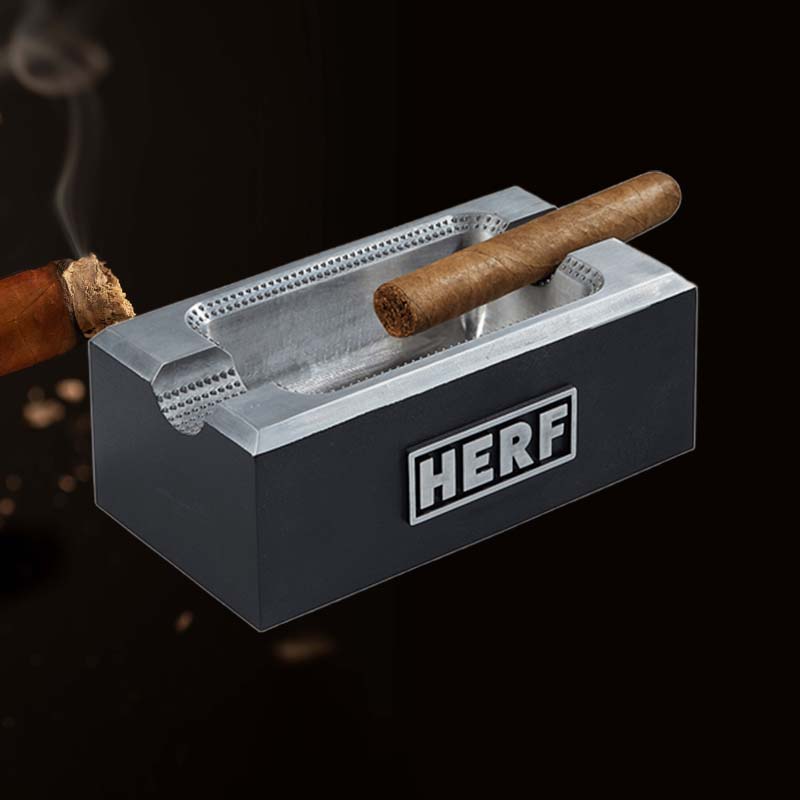How to fix a blink torch lighter
Introduction: Fixing That Blink Torch Lighter
Have you ever reached for your trusty blink torch lighter only to find it’s not working? I know the feeling – that frustrating moment when you’re ready to light your cigar after a long day but your lighter flickers and fails. I felt the same panic until I learned how to troubleshoot and fix it myself. Let me guide you through the steps of repairing your blink torch lighter, so you can enjoy that flame once again.
Welcome and Overview
In this guide, I’ll walk you through a straightforward repair process. From diagnosing the issue to fixing it, I’ll share practical tips that will help you get your lighter back in working condition. Let’s dive in!
Step 1: What You’ll Need for This Repair
Essential Tools and Materials
- Small screwdriver (flathead and Phillips)
- Replacement flint
- Butane fuel
- Clean cloth or brush
- Safety goggles (optional but recommended)
Step 2: Diagnosing the Issue
Identifying Common Symptoms
When a blink torch lighter fails, it usually exhibits some telltale signs. I’ve encountered problems like:
- Not lighting at all
- Weak flame or flickering flame
- Gas leaks (the smell of butane)
Identifying the symptom is critical to determine the next steps!
Step 3: Opening Your Blink Torch Lighter
Safety Precautions and Instructions
Before disassembling your lighter, safeguard yourself. I recommend wearing safety goggles to protect your eyes from any debris. Use your small screwdriver to carefully remove the screws on the base of the lighter. Gently lift the casing to expose the internal components.
Step 4: Checking the Flint
How to Inspect and Replace Flint
Flint is essential for creating a spark. I usually start by inspecting the flint wheel for wear. If it’s gone, I replace it by removing the flint chamber and inserting a new flint cylinder. Ensuring a solid flint is crucial for ignition!
Step 5: Examining the Fuel System
Refilling and Maintaining Proper Fuel Levels
Next, it’s time to check the fuel tank. I typically use butane to refill my lighter. To refill, turn the lighter upside down and press the nozzle into the fuel port. Fill until you see a bit of liquid butane escaping. Remember to let it settle for a few moments before trying to light it!
Step 6: Cleaning the Jets
Importance of Jet Maintenance
Cleansing the jet openings is critical as clogs can disrupt the flame. I use a small brush to remove dirt or residue. It’s amazing how a clean jet affects the performance!
Step 7: Adjusting the Flame Height
Learning to Adjust the Flame Control
After cleaning, I find that flame adjustment is necessary. I usually locate the flame control screw, turning it gently to achieve the desired height. A steady, adjustable flame makes lighting a breeze!
Step 8: Test for Leaks
How to Check for Gas Leaks
To ensure safety, I perform a quick leak test. I apply soapy water around the fuel port and watch for bubbles, which indicates a leak. If I see any, I’ll need to address that before further use!
Step 9: Putting It Back Together
Reassembly Steps for Your Lighter
After completing the checks and alterations, I carefully reassemble my lighter. Align the casing and ensure screws are tightly secured. Double-checking my work at this stage helps assure smooth functioning.
Step 10: Final Testing and Troubleshooting
When It Still Doesn’t Work
If it still doesn’t work after all this effort, I suggest re-evaluating each component. Sometimes, the lighter can be worn down beyond simple fixes, and knowing when to replace it is key!
Tips for Preventative Maintenance
Keeping Your Lighter in Top Shape
Regular maintenance goes a long way! I try to refill my lighter frequently and clean the jets every few weeks to optimize performance. A little care helps to avoid issues in the future.
Warnings to Keep in Mind
Safety Practices When Handling Torches
Handling butane and torches should always be approached with caution. I recommend using lighters in well-ventilated areas and away from flammable materials. Stay safe!
Expert Q&A
Your Burning Questions Answered
Feel free to ask any questions regarding torch lighters, from troubleshooting to maintenance. I’m here to help you succeed!
Conclusion: Mastering the Blink Torch Lighter Repair
Summary of Key Steps and Encouragement to Try Again
Fixing a blink torch lighter doesn’t have to be daunting. By following the steps outlined, I’m confident you can master this skill! Remember, practice leads to perfection. Don’t hesitate to try again if it doesn’t work the first time!
FAQ
Why is my torch lighter not working?
Your torch lighter may not be working due to issues like an empty fuel tank, worn out flint, or contaminated jets.
How do you fix a torch lighter that won’t spark?
To fix a torch lighter that won’t spark, inspect the flint, ensure it’s correctly positioned, and replace it if necessary.
How do you fix a lighter that won’t flick?
If a lighter won’t flick, check the ignition mechanism and flint. Cleaning or replacing the flint is often a quick fix.
Why is my torch lighter flickering?
A flickering torch lighter typically indicates low fuel levels or blocked jets. Ensure proper maintenance for a steady flame.


















